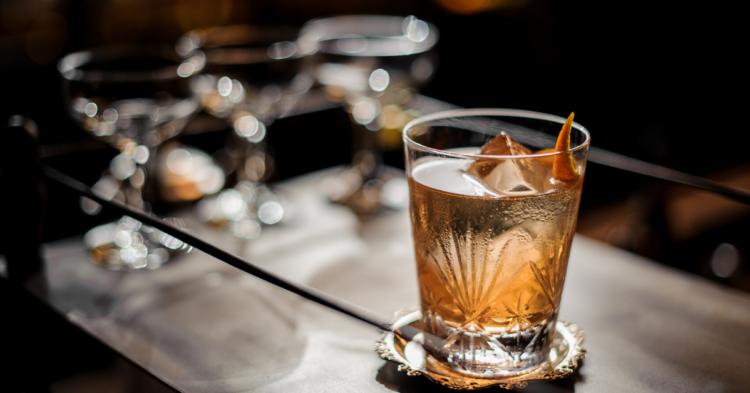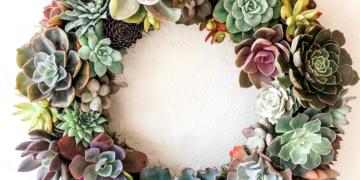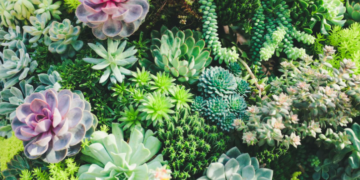According to the Office On Women’s Health (ONH), one in five U.S. college-aged women experience sexual assault in their lifetime, and they’re at their greatest risk for assault during the first few months of their first and second semesters of school.
In an effort to combat this, the University of New Mexico is offering its students free coasters which can detect the presence of date rape drugs in drinks, CNN reported.
The coasters are being offered at the school’s Campus Office for Substance Abuse Prevention.

Each one is specially designed to test for two of the most common date rape drugs: gamma hydroxybutyrate (GHB) and ketamine.
The depressant GHB makes people feel drowsy and nauseous, while ketamine acts as an anesthetic, reducing a person’s feelings and distorting their senses.
In order to use the coasters to test for drugs, students simply have to apply a small sample of their drink onto two circles.

One circle tests for GHB while the other tests for ketamine. After applying a few drops of the liquid using either their finger or a straw, the person just has to wait a few moments to see the circles change color. A blue circle means their drink has been spiked.
Some students have come to pick up coasters themselves while others have been sent to campus fraternities and sororities.

Amber Greene, a marketing assistant in the university’s Substance Abuse Prevention office, said they only have about 200 coasters left.
“We’re always doing prevention work to try to keep students safe when they’re out drinking,” she told ABC News .
It’s important to note that the coaster isn’t 100 percent foolproof in detecting the presence of drugs.

DrinkSafe Technologies, the company responsible for producing the coasters, included a warning on the back of each one which says the blue circle doesn’t guarantee the drink contains either GHB or ketamine, but that “there is something detected that should not be present.”
If the drink itself is blue, it may produce a false-positive on the coaster.
While not entirely a surefire way to detect drugs, the coasters do help raise student’s awareness of their risks for sexual assault.

Randall Sterling, the Substance Abuse Prevention office’s senior research scientist, told CNN that this alone makes the coasters worth using and distributing.
“Hopefully one day we won’t have to even use these,” he said. “But I think it’s good for students to realize that these things are out there.”

















































